The use of 3D printing for tooling and production primarily benefits humans, either directly through medical and consumer applications, or indirectly by improving systems and processes that humans use. But 3D printing is also benefiting animals in a variety of ways, some of which may come to bear on how it will help humans in the future. I discussed five instances of additive manufacturing’s overlap with animals (pets and otherwise) in this week’s episode of the AM Radio podcast.
Learn how these animal-centric applications might advance AM for humans and industry — listen above, and see the images we discussed in this episode in the slideshow below.
3D Printing helping Animals:
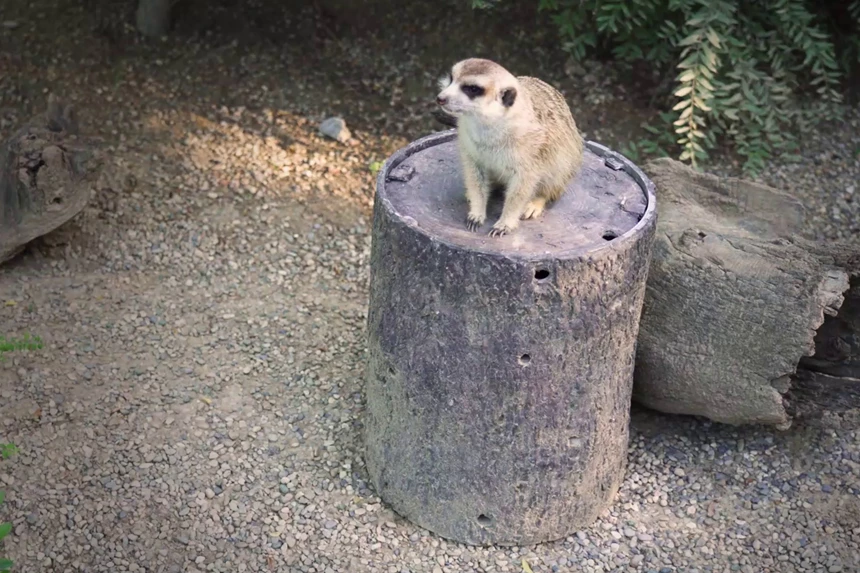
Meerkats and other animals at the Cincinnati Zoo benefit from this 3D printed feeder that resembles a tree trunk. While it appears simple from the outside, the inner complexity speaks to the kinds of industrial applications its creator — GE Additive — has become adept at delivering.
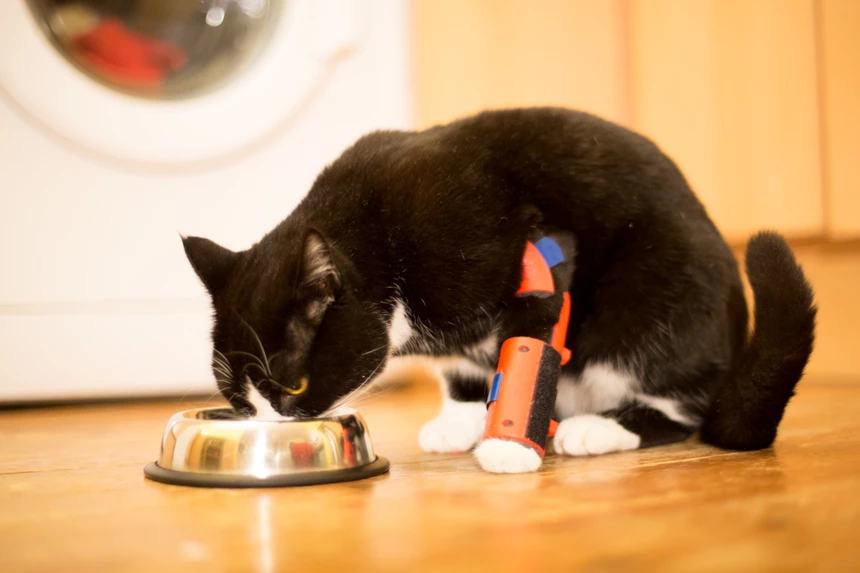
When Sprocket the cat suffered an attack from a dog, limb amputation was a possibility. But a 3D-printed cast made with a Formlabs stereolithography printer helped maintain blood flow through the limb and encourage Sprocket to keep using the leg — not unlike the custom 3D printed casts now available for humans.
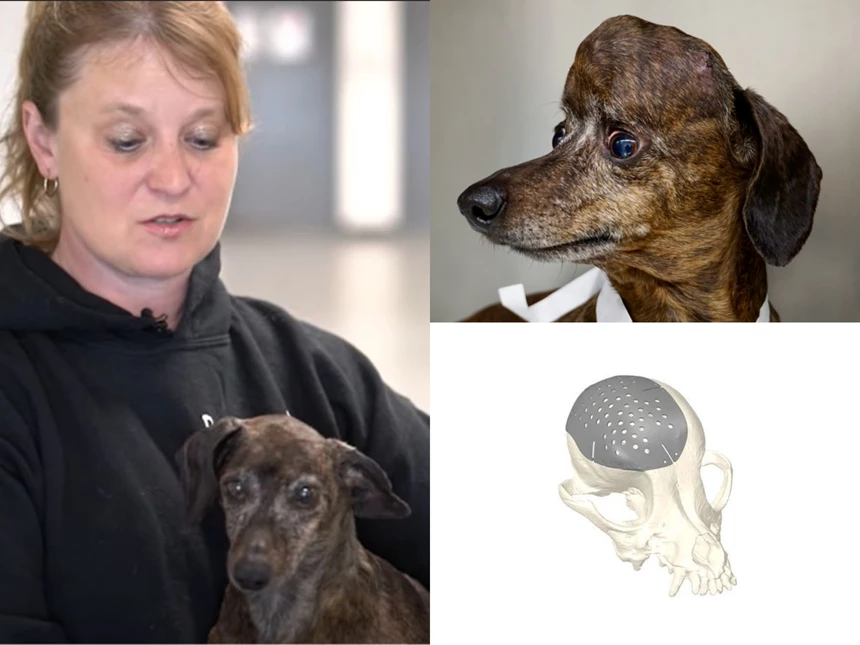
Patches the dog made a full recovery from a brain tumor with the help of a custom cranial plate 3D printed from titanium. Custom devices like this are still time-consuming to design because of the challenges in parsing CT scan data and the need to work closely with experts. A workflow developed for the unique, varied bodies of canines might have applications for humans as well (Figure 3).
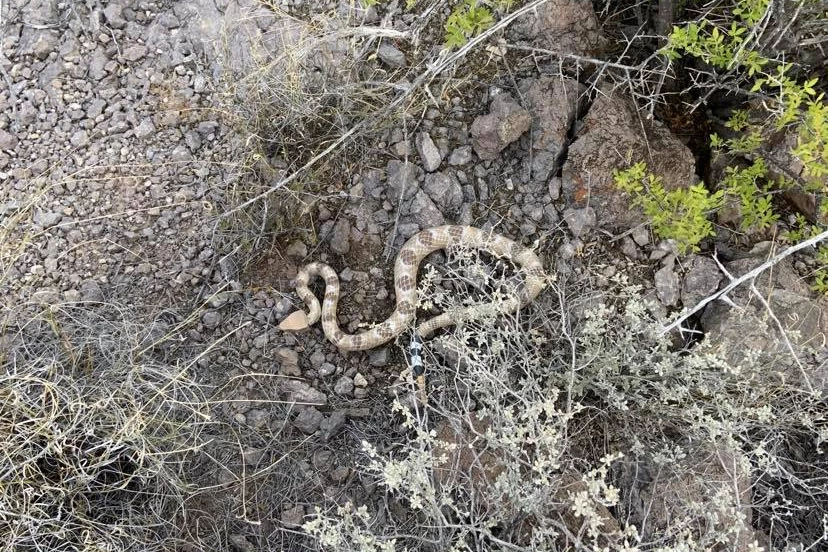
Rattlesnakes may not have the cute factor of other examples in this slideshow, but 3D printed models like this are helping researchers at the University of Texas El Paso learn more about the desert predators that eat these snakes. The models were reverse engineered from a museum specimen to arrive at a 3D printable model that was hand-painted (Figure 4).
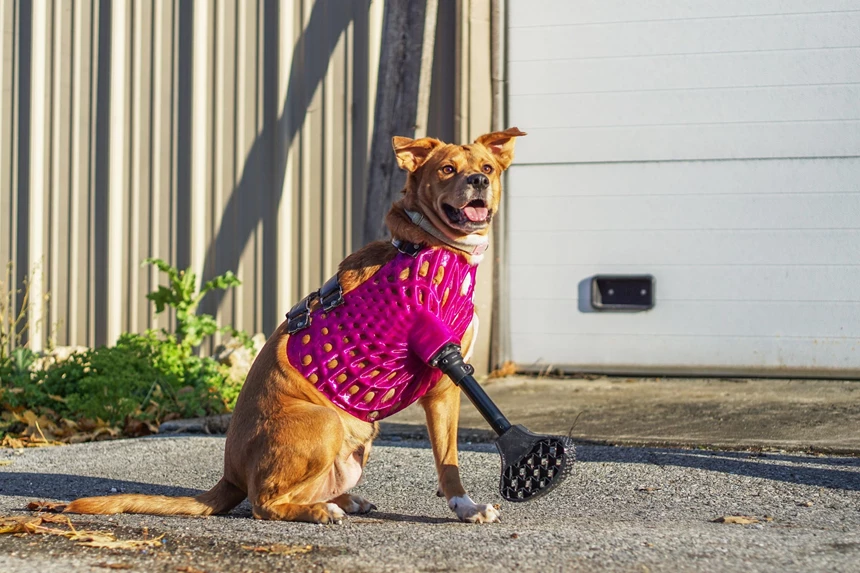
For animal with special needs like Eve, a tripod dog who lost her leg after being hit by a car, 3D printing offers a faster way to arrive at a custom limb prosthetic, like this one created by Dive Design and Bionic Pets. The same benefits are being realized for human prothestics and orthotics, too (Figure 5).
Reference:
https://www.additivemanufacturing.media/articles/lessons-from-animals-and-additive-manufacturing-